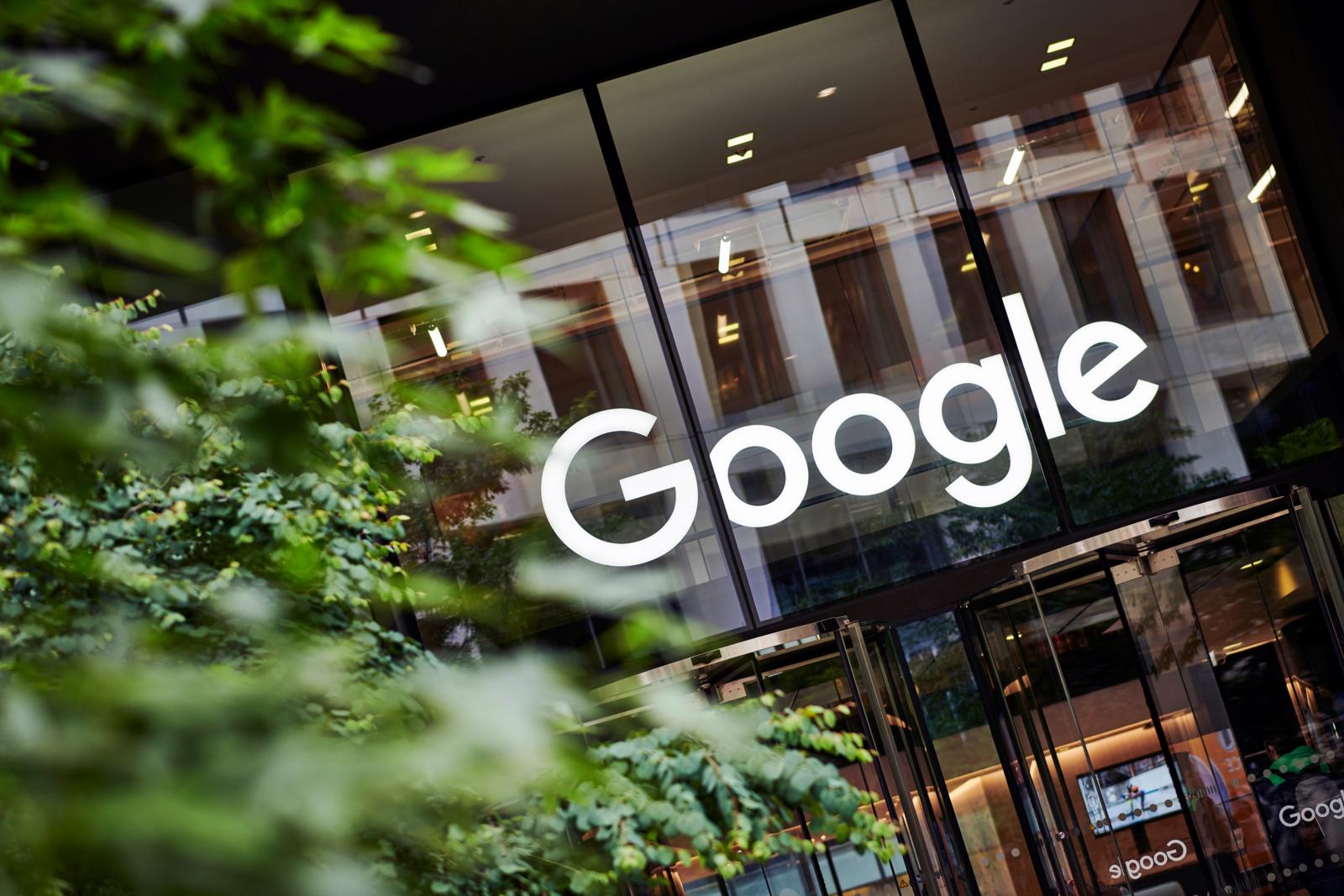Help me write: Google Doc’s New AI Writing Tool Explained for Teachers
The Help me write tool is built into Google Docs for select users, providing ease of access that could make AI writing even more widespread

Help me write is a new AI writing tool that Google recently began rolling out for select users. It is fully integrated into Google Docs, and is powered by Google’s Duet AI platform.
I gained access to Help me write a few months ago and have been experimenting with it ever since. Help me write works much the same way as existing tools such as ChatGPT or Bard, but it is not quite as skilled a writer as ChatGPT in my estimation.
That said, Help me write’s seamless integration into one of the most popular platforms for writing marks a new step in the evolution of AI. Here’s everything educators need to know about Help me write and Google Docs.
What is Help me write?
Help me write is an AI writing assistant that is currently available to some Google Docs users. The tool is powered by Duet AI, Google’s new AI assistant that works across Google’s Workspace and is also integrated into Gmail, Sheets, and Slides.
Help me write allows Google Doc users who have access to click a pen-shaped icon on the left of the screen and generate story outlines, templates, and more. If you like what is generated, you select it and the text will appear inside your document. You can also discard or revise the text that was generated by asking Help me write to make the language more or less formal, and longer or shorter.
You can also ask Help me write to format any text generated in list or bullet-point form.
Who Has Access to Help me write?
Currently, Help me write is only available to those who have signed up for access to Google’s Workspace Labs or businesses that pay for a $30 per month, per user fee. The feature is only available in English and only in select countries, including the United States, United Kingdom, and Australia, but not Canada.
Tools and ideas to transform education. Sign up below.
Signing up for the free version on a personal account is easy. After completing a brief form with my name and email, I was granted access a few days after my request.
What Are The Implications of Help me write for Teachers?
Help me write and Duet AI have many of the same benefits and pitfalls of other AI tools with which educators are no doubt already familiar. It can quickly generate human-like writing that trends toward the generic. Even so, it is easy to see how it would have potential to help students and educators with brainstorming and outlining.
What sets Help me write apart from better-known AI tools is that it is integrated into a word processor many students and educators are already using, which makes it easier to use for ethical educational purposes, as well as to cheat.
While it’s not clear if the tool will ultimately be rolled out to all Gooogle Doc users, if it is, its widespread availability will be yet another reason teachers should rework their writing prompts to be AI proof, and engage in open discussions with students about ethical use of the technology.
Bottom Line: What Impact Will Help me write Have?
Help me write is just another AI tool among many today, so it’s not exactly a game-changer. That said, it’s automatic integration into Google Docs could bring this AI to educators and students who might not otherwise take the time to seek out an AI tool. Of course, this could have both good and bad implications.
Merely as a writing tool, I didn’t personally find it very helpful, although it could certainly generate some basic responses to writing prompts that a student might be tempted to use. Potentially more disruptive, however, are Duet AI’s integrations with other Google tools, including Gmail, Sheets, and Slides. It can help draft emails, provide spreadsheet templates, and even generate images for slideshows, all with a few clicks.
Even so, there are limitations. I wrote to it and asked: “I’m writing a story about Google’s Help me write. Can you write it?”
The response: “We’re still learning, and can’t help with that. Try another request.”
The bad news is that I had to actually do my job and write this story. The good news is my job is safe from the machines. At least for now.
Erik Ofgang is a Tech & Learning contributor. A journalist, author and educator, his work has appeared in The New York Times, the Washington Post, the Smithsonian, The Atlantic, and Associated Press. He currently teaches at Western Connecticut State University’s MFA program. While a staff writer at Connecticut Magazine he won a Society of Professional Journalism Award for his education reporting. He is interested in how humans learn and how technology can make that more effective.

